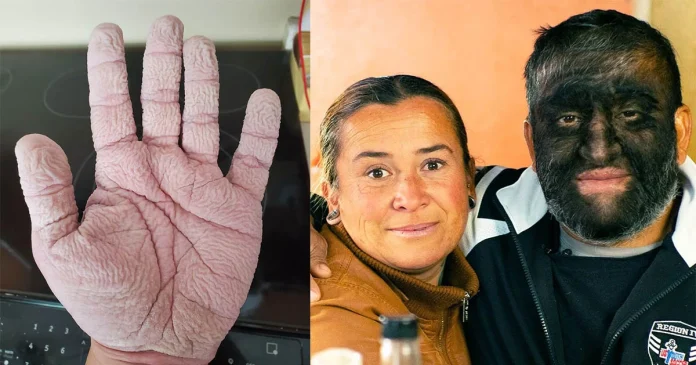33) Ehlers-Danlos Syndrome

Although it is a relatively rare disorder, Ehlers-Danlos syndrome (EDS) can be quite confusing. This condition affects the body’s connective tissues, which are responsible for providing stability to your joints and keeping them in good working order. That’s why EDS is sometimes referred to as “joint hypermobility.”
It tends to run in families, so if you have one parent who has the condition, there’s a good chance you will as well. Scoliosis is another complication of EDS that can cause curvature of the spine. The symptoms of scoliosis may include pain or discomfort in the spine, pain or discomfort in the muscles and joints of the back and neck, and spinal weakness. Scoliosis is not considered a disease in itself; rather, it is a result of abnormal growth of the spine. If you think you might have scoliosis or other spinal deformity related to EDS, see your doctor right away.

